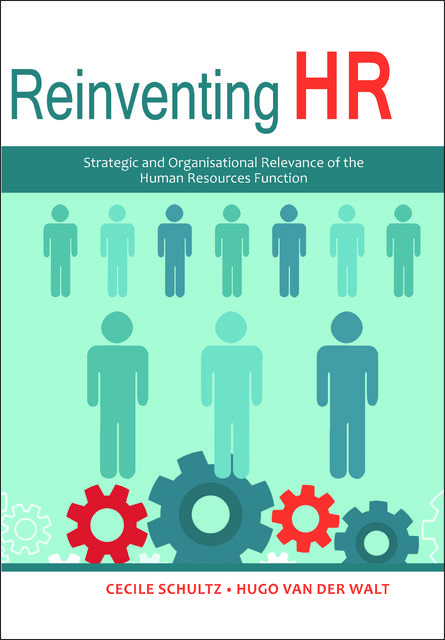Revolutions are typically huge and dominating events in the world’s history accompanied by radical, visible change. The current revolution is in this regard ‘silent’ yet change is everywhere. The changes in organisational life are affecting management and the way in which businesses are being run.In this volatile context the Human Resource (HR) function need to be strategically correctly positioned. It needs to be ‘reinvented’ and positioned in terms of all aspects of people and relations in an organisational context, with clearly identified main activities (professional streams). In order to understand the current state of affairs of the HR function and to give definition to a future ideal positioning for the function, the authors conducted a survey. It was sent out to members of management, as well as to HR practitioners. Based upon the findings of the survey, as well as an analysis of international trends and developments, the authors propose six transitional pillars for the HR function:1. Leadership and meaning2. Relationships3. Workplace socialisation4. Productivity5. Organisational transformation6. Personal wellnessThese pillars, as strategic focus areas, are built upon foundational HR competence and business acumen. The intention behind the project is to enable the HR function to reinvent itself into a discipline which is acknowledged and respected for its relevance, competence and professionalism. Reinventing HR will provide you with the context in which the HR function needs to find its strategic and operational relevance. Content includes:• Research report and findings• Transitional pillars• Foundational understanding: HR competence and business acumen • Leadership and meaning • Relationships • Workplace socialisation • Productivity • Organisational transformation • Personal wellness • The future


